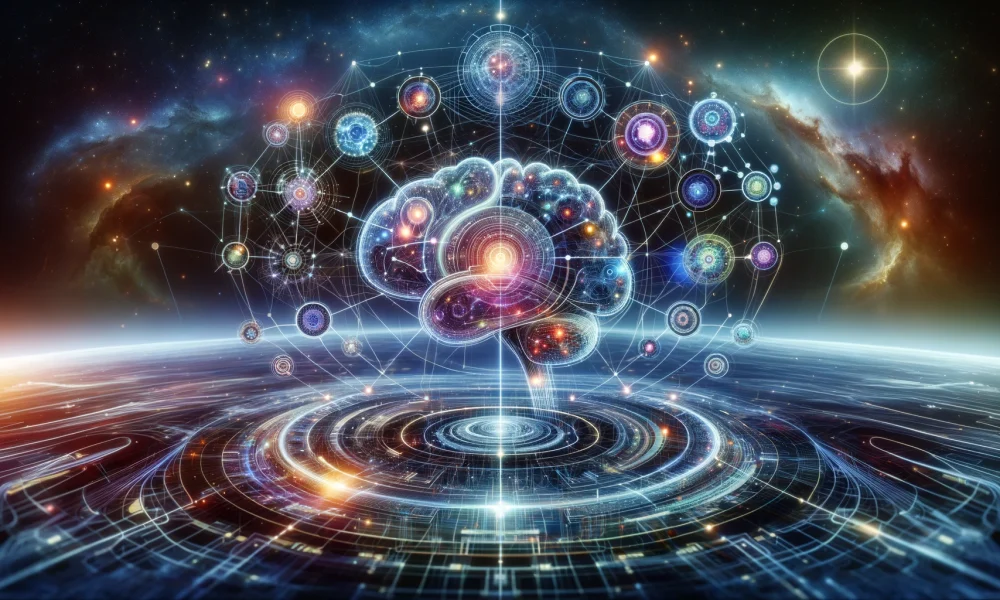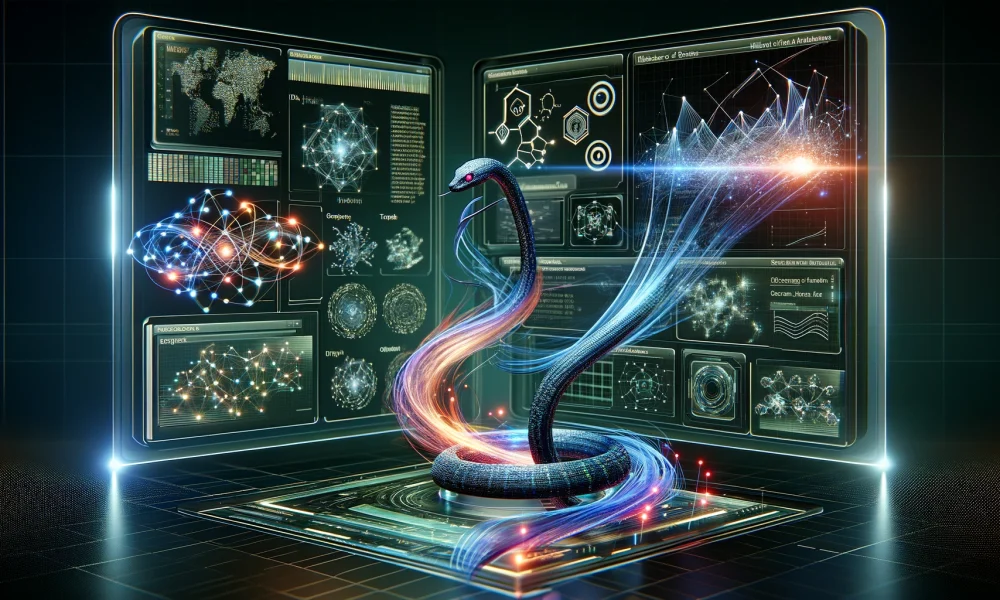The emergence of Large Language Models (LLMs) constructed from decoder-only transformer models has been instrumental in revolutionizing the field of Natural Language Processing (NLP) and advancing various deep learning applications, such as reinforcement learning, time-series analysis, and image processing. Despite their scalability and strong performance, LLMs based on decoder-only transformer models still face considerable limitations.
The attention mechanism in transformer-derived LLMs, while expressive, demands high computational resources for both inference and training, resulting in significant memory requirements for sequence length and quadratic Floating-Point Operations (FLOPs). This computational intensity constrains the context length of transformer models, making autoregressive generation tasks more expensive as the model scales and hinder their ability to learn from continuous data streams or process unlimited sequences efficiently.
Recent developments in State Space Models (SSMs) and Mixture of Expert (MoE) models have shown promising capabilities and performance, rivaling transformer-architecture models in large-scale modeling benchmarks while offering linear time complexity with respect to sequence length. BlackMamba, a novel architecture combining the Mamba State Space Model with MoE models, aims to leverage the advantages of both frameworks. Experiments have demonstrated that BlackMamba outperforms existing Mamba frameworks and transformer baselines in both training FLOPs and inference, showcasing its ability to combine Mamba and MoE capabilities effectively for fast and cost-effective inference.
This article delves into the BlackMamba framework, exploring its mechanism, methodology, architecture, and comparing it to state-of-the-art image and video generation frameworks. The progression and significance of LLMs, advancements in SSMs and MoE models, and the architecture of BlackMamba are discussed in detail.
Key Points:
– LLMs based on transformer models face computational limitations due to the attention mechanism.
– SSMs offer linear time complexity, while MoE models reduce latency and computational costs.
– BlackMamba combines Mamba and MoE models for enhanced performance in training and inference.
– The architecture and methodology of BlackMamba leverage the strengths of both frameworks.
– Training on a custom dataset, BlackMamba outperforms Mamba and transformer models in FLOPs and inference.
– Results demonstrate BlackMamba’s superior performance in generating long sequences and outcompeting existing language models.
– The effectiveness of BlackMamba lies in its ability to integrate Mamba and MoE capabilities efficiently for improved language modeling and efficiency.
In conclusion, BlackMamba represents a significant advancement in combining SSMs and MoE models to enhance language modeling capabilities and efficiency beyond traditional transformer models. Its superior performance in various benchmarks highlights its potential for accelerating long sequence generation and outperforming existing frameworks in training and inference.
1. What is BlackMamba: Mixture of Experts for State-Space Models?
– BlackMamba is a software tool that utilizes a mixture of experts approach for state-space models, allowing for more flexible and accurate modeling of complex systems.
2. How does BlackMamba improve state-space modeling?
– By utilizing a mixture of experts approach, BlackMamba can better capture the interactions and dependencies within a system, leading to more accurate predictions and insights.
3. What are the key features of BlackMamba?
– Flexible modeling: BlackMamba allows for the integration of multiple expert models, improving the overall accuracy and flexibility of the state-space model.
– Real-time forecasting: BlackMamba can provide real-time forecasting of system behavior, allowing for proactive decision-making.
– Scalability: BlackMamba is designed to handle large datasets and complex systems, making it suitable for a wide range of applications.
4. How can BlackMamba benefit my organization?
– Improved accuracy: By using a mixture of experts approach, BlackMamba can provide more accurate predictions and insights into system behavior.
– Enhanced decision-making: With real-time forecasting capabilities, BlackMamba can help organizations make proactive decisions to optimize performance and mitigate risk.
5. Is BlackMamba easy to use for state-space modeling?
– Yes, BlackMamba is designed with user-friendly interfaces and tools to simplify the modeling process, making it accessible to both experts and non-experts in the field.
Source link



